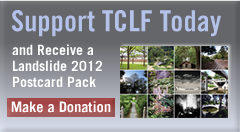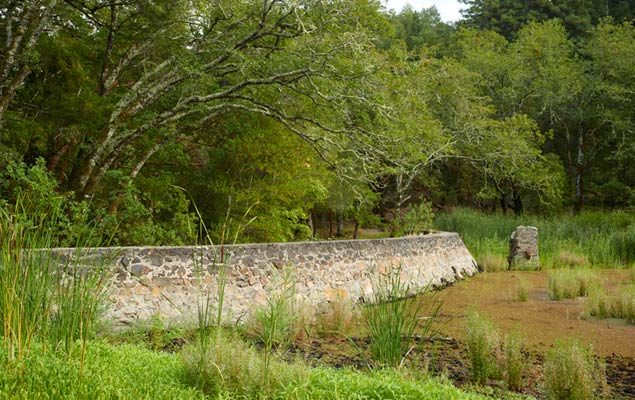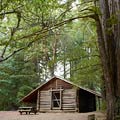
Jack London Lake
Jack London State Historic Park, Glen Ellen, CA
I write for no other purpose than to add to the beauty that now belongs to me. I write a book for no other reason than to add three or four hundred acres to my magnificent estate. — Jack London
History
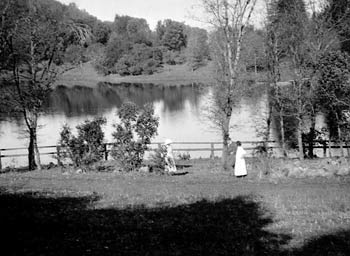
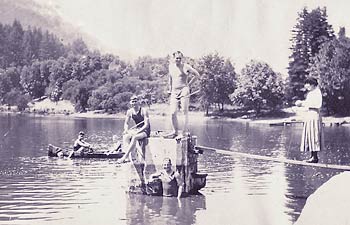
Photos courtesy Huntington Library, the Jack London Collection.
In 1905 legendary adventurer and author Jack London purchased a small 129-acre ranch in northern California’s Sonoma Valley (known romantically by locals as the Valley of the Moon after London’s 1913 novel of the same name). Located in Glen Ellen, six miles north of Sonoma, London’s “Beauty Ranch” encompassed 1,400 acres of gently rolling terrain by 1913. The temperate landscape included oak, redwood, madrone and bay forests with open meadows, hayfields, and a working farm.
A central and much loved feature of the ranch was a small lake, bathhouse and dock which London designed about half a mile up the mountain from his cottage in 1913. Sketches, telegrams, and letters from Jack London to Eliza Shepard, his ranch manager, detail how London envisioned every aspect of the Lake project and, in a letter to his publisher in 1914, London stated “My first big dam on the place is just finished so that on these poor, old, worked out, eroded hillsides I shall be able to harvest two crops a year and turn one crop under; in place of the old meager crop that could be taken off only once in several years.”
London’s design for the lake included a curved stone dam, wood dock and simple log bathhouse. Ranch laborers constructed the dam using native stone and a combination of Chinese and Italian style masonry. The dam and battered interior wall, create a strong and lasting structure, and are considered prime examples of fine small dam building. Melding utility and beauty, the project transformed a low meadow into an oasis on the slope of Sonoma Mountain.
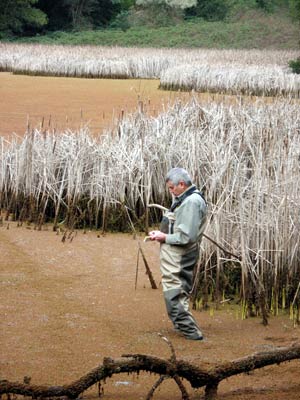
Photo courtesy Elisa Stancil Levine.
Originally five acres of fresh water, stocked with catfish, and later bass, the lake was used for downslope irrigation projects employing a clever diverter mechanism that could irrigate and also release water during severe storms. London’s early experiments with what is now known as biodynamic (organic) farming included efforts to improve the soil and yields, breed prize livestock, and manage resources. The landscape was the site of the first water rights legal battle in Northern California when London’s right to water piped seasonally from a creek up the mountain was contested leading to a lawsuit and trial which London won.
London had guests at his ranch year round and the lake became a frequent destination for casual gatherings, picnics, swimming, and the exercising of horses. Following his death in 1916, the ranch continued to be a popular destination for many writers, artists, and influential leaders of the day. In 1945 delegates of fifty nations came to the San Francisco Conference seeking to form the United Nations. During the talks four hundred of the delegates met at Jack London Ranch for an open air lunch and a visit to the lake. London’s wife Charmian continued to live at Beauty Ranch until her death in 1955. Per her bequest, 39 acres of the ranch were used to create Jack London State Historic Park, in memory of London’s life and work.
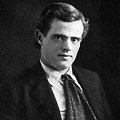
Patron
Jack London
Threat
California State Parks (CSP) acquired ownership over the entire site incrementally over a twenty-year period beginning in 1959. Under CSP management the lake (acquired in 1979) went into serious decline. Today the dam is cracked and leaking and the lake is clogged with sediment and marshy plants. The water’s surface is covered with algae making the lake inhospitable to fish and other wildlife and preventing visitors from swimming in its depths. The outlet system, including the diverter, has failed thus the water captured by the lake cannot be used for irrigation. Severe erosion downstream caused by a faulty temporary outflow design affects the entire Sonoma Creek watershed.
Structurally, the dam is in danger of collapse should a strong earthquake or 100 year flood occur. Engineering and mortar studies confirm it was well built, but the collection of silt and organic matter has reduced the capacity of the dam and increased pressure on its face. Cracks are apparent and the failing top cap of concrete allows seepage and accelerates deterioration inside the dam. Continued overtopping of the dam during the rainy season due to lack of capacity in the lake caused by siltation has led to the extreme overgrowth of non native species along the banks of the lake.
How You Can Help
In 2006 VMNHA established the Jack London Lake Alliance to repair the dam, dredge the lake, and restore riparian areas. Fundraising efforts were temporarily suspended when the park was listed for closure. Since VMNHA took over management of the park, the lake project has been reinvigorated with intentions to complete the project within the next four years.
Funding is needed to conduct engineering studies, site surveys, wildlife surveys, and mortar studies. An estimated $900,000 dollars may be required to repair the dam, dredge the lake, and repair the eroded riparian areas. While more than $175,000 has been raised to date, additional private funding is critical to the success of the initiative because many of the grants that the Jack London Lake Alliance hopes to secure require matching funds.
The Alliance is seeking financial support to restore the lake to the serene, quiet oasis it once was, both for park visitors and for the native plant and animal life on the mountain. For more information and to contribute, please visit the Jack London Lake Alliance Web site.
Learn More
Jack London Lake
Jack London State Park
